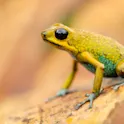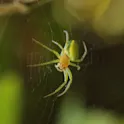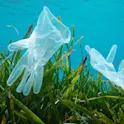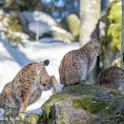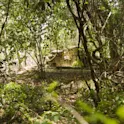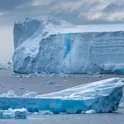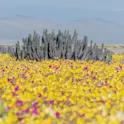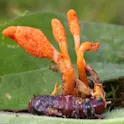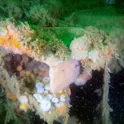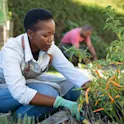
Environment
15 Mar 2023
What does flattery do to our brains? Here are five Frontiers articles you won’t want to miss
By Deborah Pirchner, Frontiers science writer Image: Shutterstock.com At Frontiers, we bring some of the world’s best research to a global audience. But with tens of thousands of articles published each year, it’s impossible to cover all of them. Here are just five amazing papers you may have missed. What praise and flattery does to our brains Both sincere praise and flattery are rewarding in different ways, but the various effects of these types of praise are not obvious. Now, researchers from Japan have published an article in Frontiers in Human Neuroscience in which they examined the brain activity of participants who received sincere praise or flattery after performing a visual search task. Using neuroimaging, the researchers found different effects of praise. The activation of the part of the brain modulating reward and pleasure processing was higher when participants received sincere praise than when they received flattery. The scientists also observed a socio-emotional effect, based on the positive feedback conveyed by praise. Altogether, they found that the neural dynamics of the rewarding and socio-emotional effects of different types of praise differ. Article link:https://www.frontiersin.org/articles/10.3389/fnhum.2023.985047/full Fish bone matrix may help heal bone defects Biocompatibility and osteogenic activity are properties of decalcified bone […]
